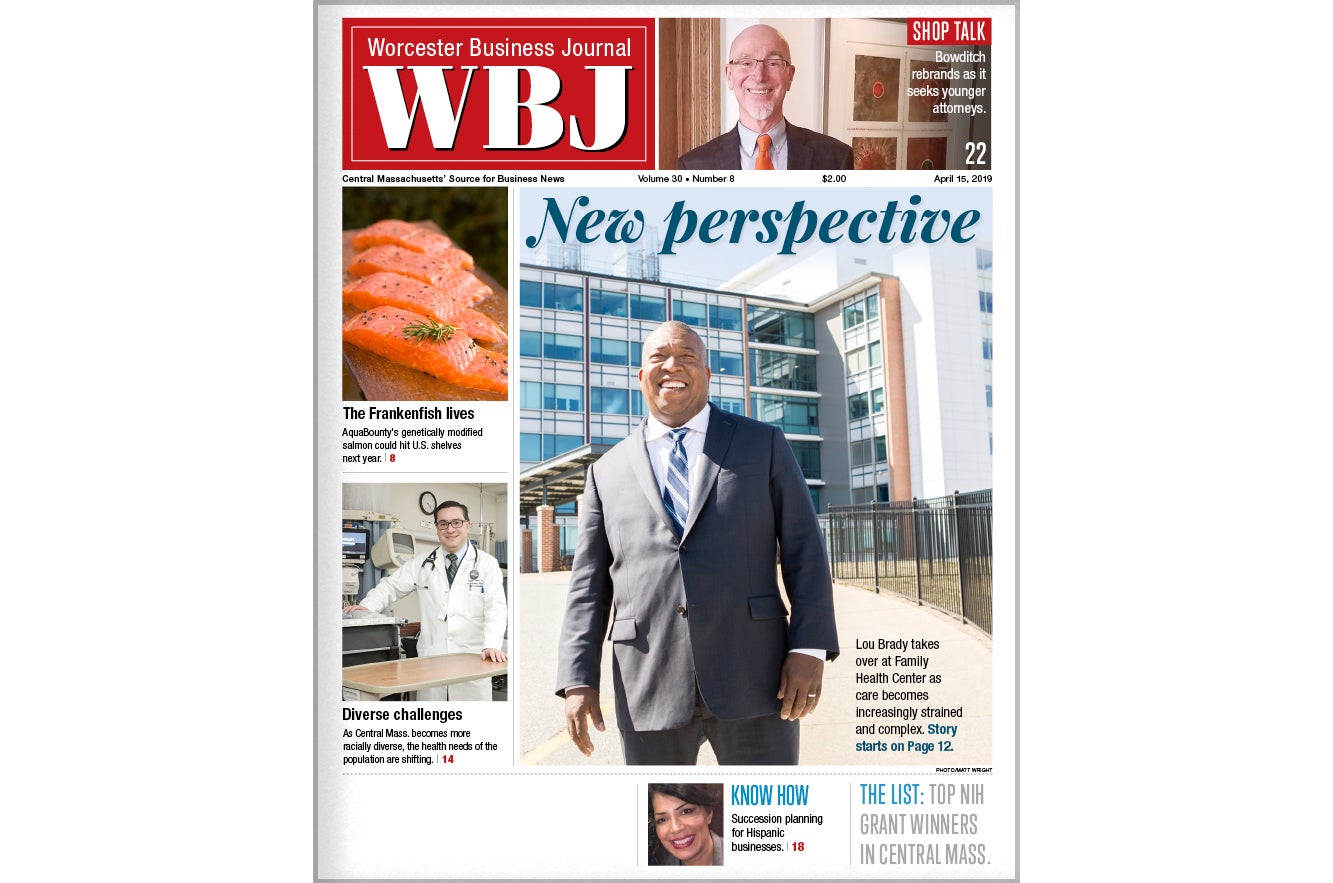Employers Keep Unions On The Ropes
 Chaison
Chaison
“Collective bargaining” once meant that workers would be protected from job loss and have good pay and benefits. Today, it means a struggle to protect past gains as unions lose most of their power at the bargaining table.
During most of the past 100 years, when unions and employers negotiated over wages, benefits and work rules, the union would act and management would react. But that's been reversed. Collective bargaining has changed dramatically; management uses it to cut costs and there's nothing unions can do about it, except try to protect past gains.
Bargaining has always meant making concessions. In the give-and-take of negotiations, unions step back from their demands and employers increase their offers (in some cases, after a strike), until they reach a middle-ground and an agreement can be signed. But in the 1980s, we saw something new: “concession bargaining.” Under threats of mass layoffs, employers forced unions to agree to wage cuts or freezes, less costly lump-sum payments, relaxed work rules, or two-tier wage systems under which new hires earn less than workers performing the same duties. These first appeared among the airlines (primarily the older and costly-to-operate carriers like United, Delta and American) and the Detroit automakers, companies that must deal with low-cost competitors. Unions were told that if they didn't agree to concessions, workers would lose their jobs, and that if they did agree, concession bargaining would not have to be repeated.
In the relative prosperity of the 1990s, concession bargaining receded. But during the harder times of the past decade, as employers faced declining sales and greater foreign competition, we saw “ultra-concession bargaining.” Employers demanded wage and benefit cuts, first in autos and airlines, then among the makers of auto parts (like Delphi, Visteon and American Axle) and retailers (like the major grocery chains), and finally from government workers (mostly teachers and clerical workers).
But this time, there were no guarantees jobs would be saved, or that this aggressive approach would not have to be repeated.
Conventional bargaining does continue among a few employers that face little competition or cherish their collegial relations with unions. But this new bargaining now dominates the labor relations landscape. Every day, more employers seize control of the agenda to lower operating costs. This is the new employer militancy. We saw this recently when the mayor of Chicago went to court to stop a teachers' strike, and when National Football League owners locked out referees.
So, for unions, just standing still and not yielding any ground is a victory.
How does this affect workers in non-union plants and offices? In two ways. First, as unions retreat in bargaining, their reputations are sullied, and recruiting new members becomes more difficult. Second, those non-union workers who once saw their wages and benefits raised by their employers in tandem with those of unionized workers in their industries are finding compensation stagnant.
In this new age of ultra-concession collective bargaining, employers make their own demands and unions are defensive. This has changed collective bargaining forever.
Gary Chaison is professor of industrial relations in Clark University's Graduate School of Management and author of a new book, The New Collective Bargaining.
Read more













0 Comments